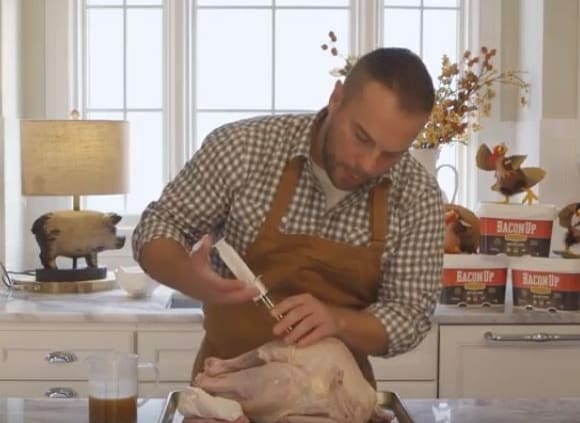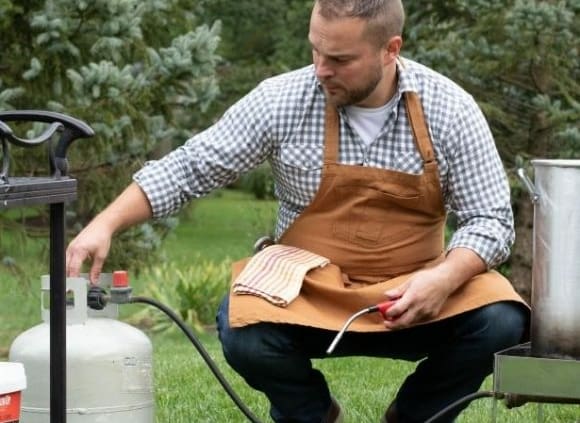As we get closer to Turkey Day, you are probably starting to plan the finer details. Hopefully you’re planning to fry your turkey in Bacon Up Bacon Grease, which promises to add a delicious depth of flavor versus roasted turkeys or birds fried in other cooking oils.
If you’re wondering what else you can do to make the meat even juicier and more flavorful, we’ve got some injection recipes for you to consider, along with a few favorite spices and rubs you may want to use to jazz up the crispy skin even more.
Injection Recipes (Injectable Marinades)
Whether it’s the night before (ideal!) or even just 20 minutes before frying, you can add moisture and flavor to your turkey fry with an injection recipe. And an injectable marinade with Bacon Up will take it to the next level, of course! If you have the time to “inject-from-scratch,” we’re happy to share some of our family’s recipes for you to consider. You can find them on the Recipes & Tips section of our website, or click below to go straight to each recipe:
- The “FAMILY FAVE” injection features Italian salad dressing and Tony Chachere’s® Original Creole Seasoning
- The “KICKED-UP” injection features Worcestershire sauce and hot sauce
- The “SAVORY” injection features red wine vinegar and soy sauce
Although we usually make our own injection recipes incorporating the next-level flavor of Bacon Up Bacon Grease, we will admit that there are also plenty of darn good store-bought injections out there. If you’re running a little short on time, don’t feel the slightest bit guilty – just pick up an injection kit at the store and check that off your list. A couple of our favorites are:
Rubs & Spices
And lastly, if you think that raw turkey looks a little too pasty white to be delicious, here are a few spices and/or rubs that you might enjoy sprinkled and patted onto your bird before he goes into the fryer:
- Bicentennial Rub by Penzeys Spices – featuring turmeric, minced orange peel, and coriander
- Rosemary Herb Seasoning Mix by Pampered Chef – a blend of rosemary, lemon, and thyme
- Tony Chachere’s® Original Creole Seasoning – described as “an extraordinary blend of flavorful spices”
Share your Success!
If you try one of our injection recipes, let us know how it goes! Or, if you find another recipe or commercial brand that you liked, we’d love to hear about that, too. Either way, just drop us a line (and send a picture, too!) so we can share it with others.
However you do it, our Bacon Up family wishes you a fun and flavor-filled day with family and friends!!





